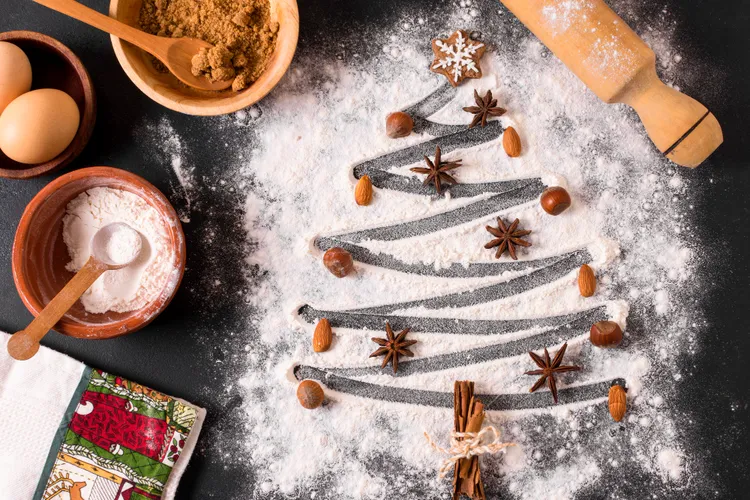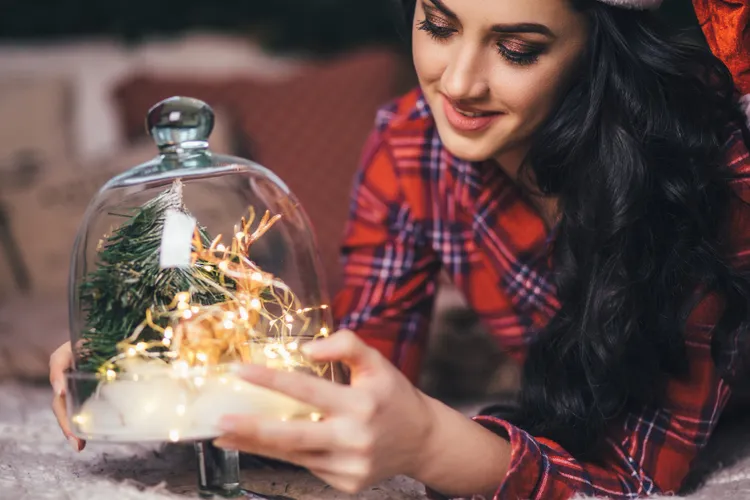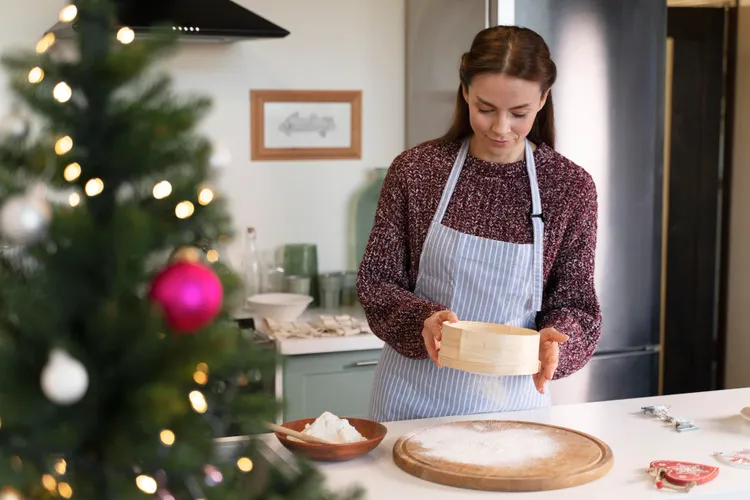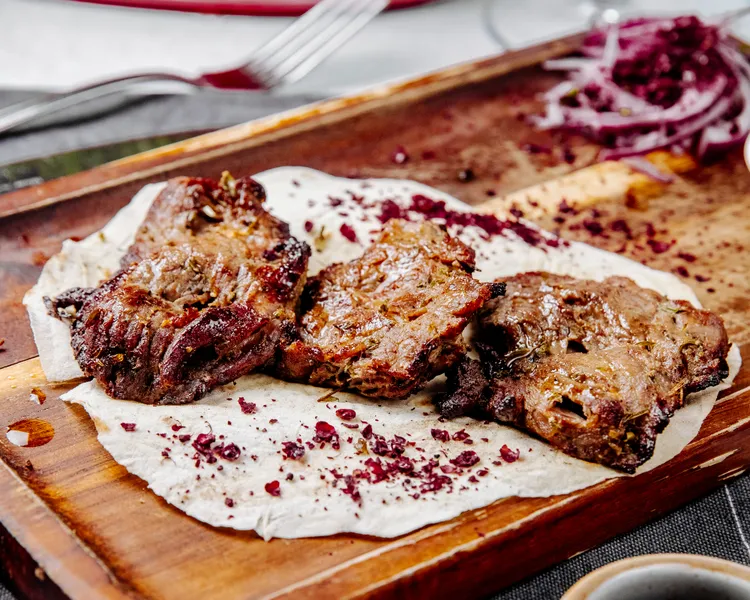The Ultimate Guide to Salmon Cooking Styles: Techniques, Tips & Global Flavors
Salmon—versatile, flavorful, and rich in omega-3 fatty acids - is one of the most beloved fish in kitchens around the world. Whether you're a culinary novice or an experienced chef, exploring the diverse ways to cook salmon can transform your dining experience. From smoky grills to delicate poaching, salmon adapts beautifully to nearly every cooking method. We’ll dive into the most popular (and some less common) salmon cooking styles, complete with tips, global influences, and flavor pairings.

Why Salmon?
Before we jump into cooking techniques, it’s worth understanding why salmon stands out:
Flavor: Rich, buttery, and slightly sweet.
Texture: Ranges from firm to flaky depending on the preparation.
Nutrition: Packed with protein, omega-3 fatty acids, vitamin B12, and selenium.
Variety: Several species such as Atlantic, Sockeye, Coho, and King salmon offer different taste profiles and fat content.
1. Grilled Salmon: Smoky & Bold
Best For: Outdoor cooking, summertime meals
Texture: Crisp exterior, moist interior
Flavor Notes: Smoky, charred, savory
Grilling salmon is a favorite due to its smoky flavor and dramatic grill marks. It works well with both fillets and steaks.
Tips:
Use skin-on salmon to help hold the fish together.
Preheat the grill and oil the grates to prevent sticking.
Marinades or spice rubs (like lemon-dill, Cajun, or teriyaki) enhance flavor.
Use a fish basket or foil packet for delicate cuts.
Pro Tip:
Grill over medium-high heat, 4-6 minutes per side depending on thickness. The fish is done when it flakes easily and reaches 125–130°F for medium doneness.
2. Pan-Seared Salmon: Crispy Skin Delight
Best For: Quick dinners, elegant plating
Texture: Crispy skin, juicy flesh
Flavor Notes: Rich, slightly nutty from caramelization
Pan-searing salmon gives you restaurant-quality results at home.
Tips:
Pat the salmon dry for a good sear.
Use a heavy pan (cast iron is ideal).
Cook skin-side down for 80% of the time to achieve crispy skin.
Flavor Pairings:
Garlic butter, lemon caper sauce, or a drizzle of browned butter with sage.
3. Baked Salmon: Easy & Fuss-Free
Best For: Meal prep, feeding a crowd
Texture: Tender, evenly cooked
Flavor Notes: Mild, delicate, customizable
Baking salmon is ideal for a no-fuss, hands-off cooking method.
Methods:
Bake at 375°F for 12–15 minutes for fillets.
En papillote (in parchment paper) adds moisture and infuses flavors from herbs, citrus, or vegetables.
Flavor Ideas:
Try miso-glazed salmon, herb-crusted, or Dijon-mustard coated.
4. Poached Salmon: Moist & Elegant
Best For: Healthy eating, elegant presentations
Texture: Silky, tender
Flavor Notes: Subtle, clean
Poaching gently cooks salmon in a liquid bath, preserving moisture and flavor.
Liquids:
Water with lemon, onion, herbs
White wine and aromatics
Court bouillon (flavored broth)
Tips:
Keep the temperature just below a simmer (about 160–180°F). Perfect for serving cold with dill sauce or warm with a light vinaigrette.
5. Broiled Salmon: Fast & Flavorful
Best For: Quick weeknight meals
Texture: Light crust, juicy center
Flavor Notes: Caramelized top, intense flavor
Broiling is like upside-down grilling - it exposes the fish to direct high heat, creating a delicious crust.
Tips:
Marinate first or use a glaze (like honey mustard or maple soy).
Watch closely! Broiling can burn easily - 5 to 8 minutes is typically enough.
6. Smoked Salmon: Rich & Velvety
Best For: Appetizers, bagels, salads
Texture: Silky (cold-smoked) or flaky (hot-smoked)
Flavor Notes: Smoky, savory, sometimes sweet
There are two major styles:
Cold-Smoked: Cured and smoked at low temps (below 90°F), yielding a delicate, lox-style salmon.
Hot-Smoked: Cooked while smoking (120–180°F), resulting in a firmer texture and more intense smoke.
Flavor Pairings:
Cream cheese, capers, red onions, or atop scrambled eggs or pasta.
7. Sous Vide Salmon: Precision Perfection
Best For: Precise control, modernist cooking
Texture: Buttery, melt-in-your-mouth
Flavor Notes: Pure, concentrated salmon flavor
Sous vide involves sealing the salmon in a vacuum bag and cooking it in a water bath at a controlled temperature.
Ideal Temp:
Set between 120°F to 125°F for medium-rare.
Tips:
Finish with a quick sear or blowtorch for surface texture.
Add herbs, butter, or citrus slices in the bag for flavor infusion.
8. Cured Salmon: Preserved & Flavorful
Best For: Charcuterie boards, gourmet brunches
Texture: Firm, silky
Flavor Notes: Herbaceous, tangy, umami
Curing uses salt, sugar, and seasonings to draw out moisture and preserve the fish.
Styles:
Gravlax (Scandinavian): Cured with dill, sugar, and salt.
Lox: Brined, often served with bagels and cream cheese.
Requires refrigeration for 24–72 hours, depending on thickness.
9. Fried Salmon: Crispy Indulgence
Best For: Comfort food lovers
Texture: Crunchy outside, juicy inside
Flavor Notes: Rich, bold, satisfying
Though less common than other methods, frying salmon (especially in bites or patties) can be delicious.
Popular Variations:
Salmon croquettes
Southern-style fried salmon
Tempura-style salmon chunks
Pair with creamy sauces like remoulade, tartar, or aioli.
10. Raw & Lightly Cooked Salmon
Best For: Sushi, ceviche, poke
Texture: Silky, delicate
Flavor Notes: Clean, fresh, umami
Styles:
Sashimi: Thinly sliced raw salmon.
Nigiri: Salmon over vinegared rice.
Poke: Cubed raw salmon with soy-based dressing.
Ceviche: "Cooked" in citrus juices with onions, chili, and herbs.
Ensure sushi-grade salmon is used to avoid parasites or foodborne illness.
Global Takes on Salmon
Japan:
Salmon nigiri, teriyaki salmon, miso-marinated
Scandinavia:
Gravlax, smoked salmon open-face sandwiches
Pacific Northwest (U.S. & Canada):
Cedar-planked salmon, smoked Chinook (King) salmon
Russia:
Salmon caviar, cured slices with blinis and sour cream
France:
Poached salmon with beurre blanc or hollandaise
The Salmon Experience
Cooking salmon isn't just about technique - it's a culinary journey. From quick weeknight meals to gourmet dinner parties, salmon fits any occasion. Its adaptability across cultures, its compatibility with spices, herbs, and sauces, and its nutritional profile make it a star ingredient.
Whether you're grilling on a summer evening, searing for a date night, or crafting sushi at home, salmon invites experimentation and creativity.
Quick Reference: Salmon Cooking Time Chart
| Method | Temp | Time |
|---|---|---|
| Grilled | Med-high | 4–6 min per side |
| Pan-Seared | Med-high | 3–4 min per side |
| Baked | 375°F | 12–15 min |
| Broiled | High | 5–8 min |
| Poached | 160°F | 10–15 min |
| Sous Vide | 120–125°F | 30–45 min |
| Smoked (Hot) | 160–180°F | 1–2 hours |









